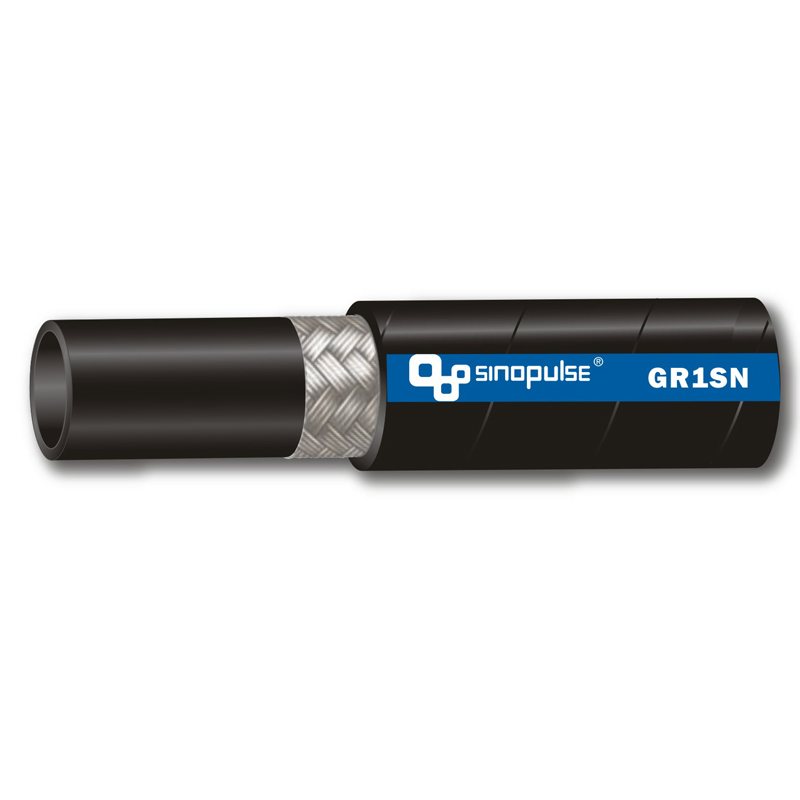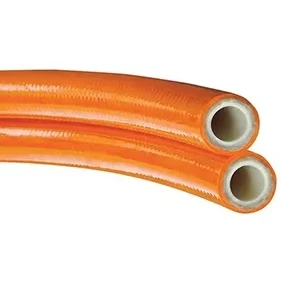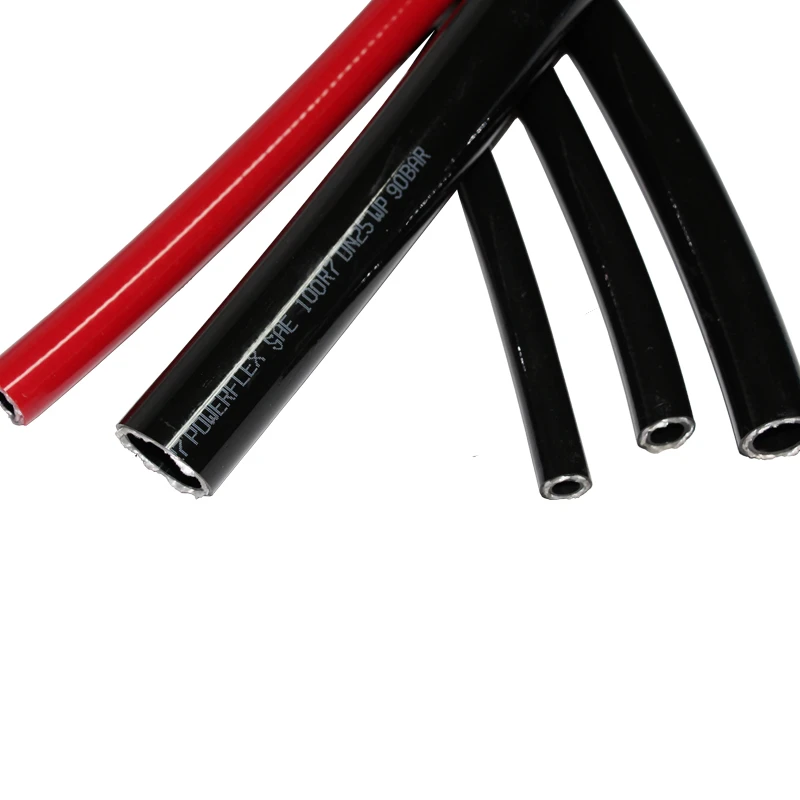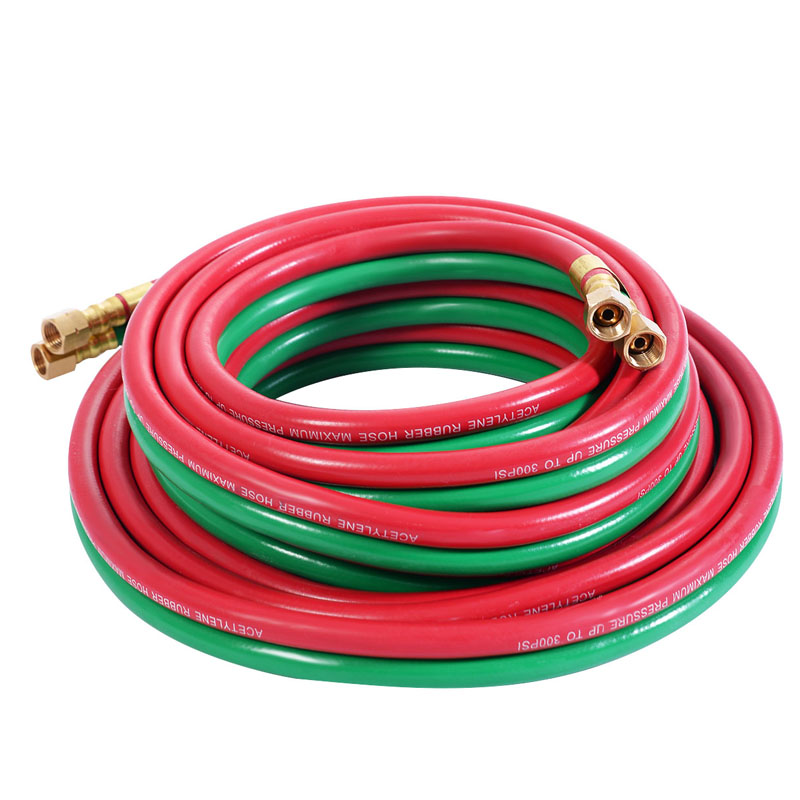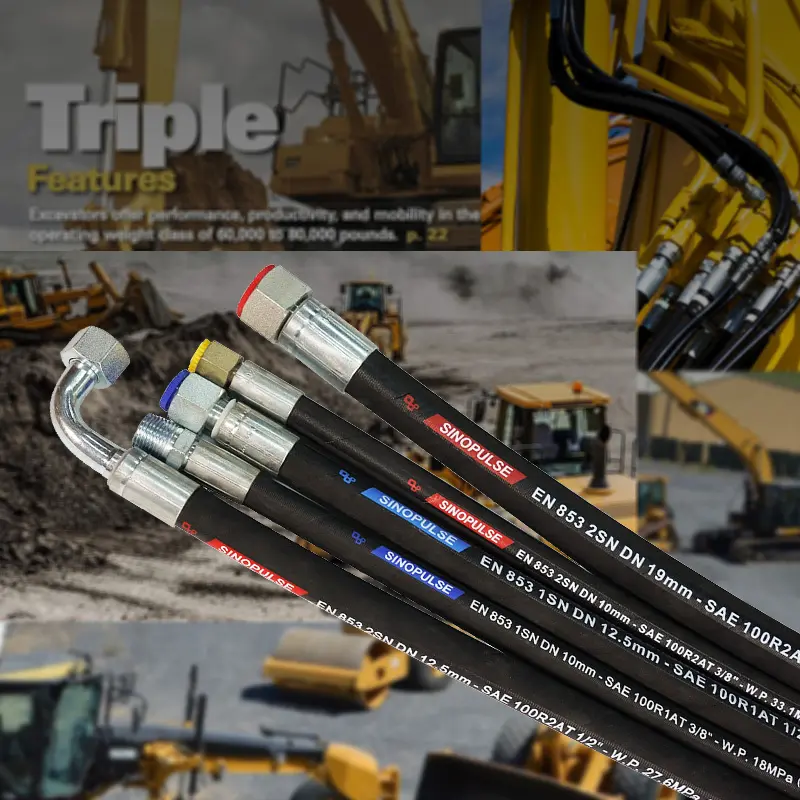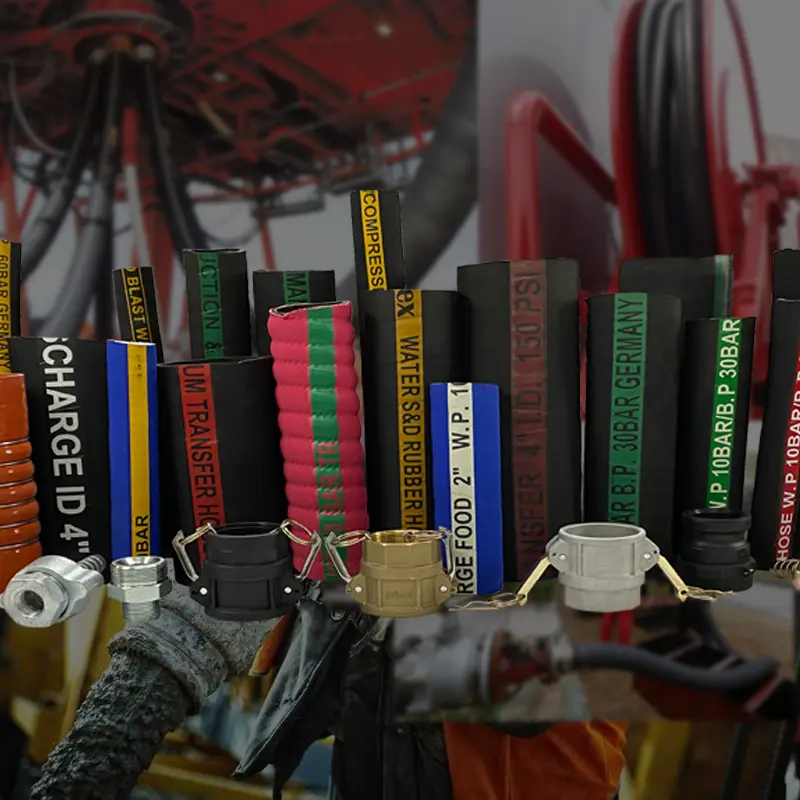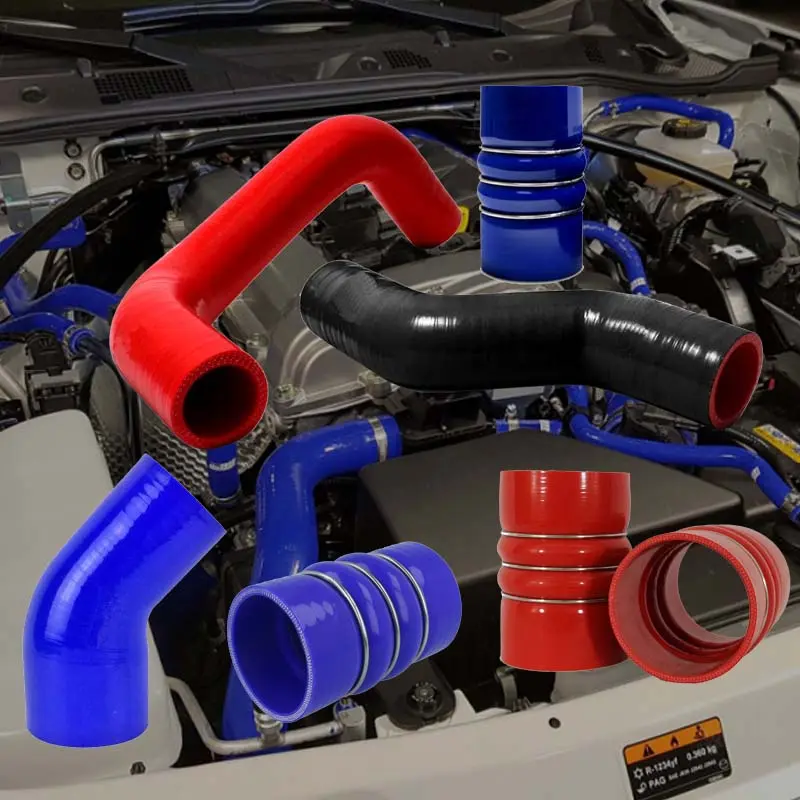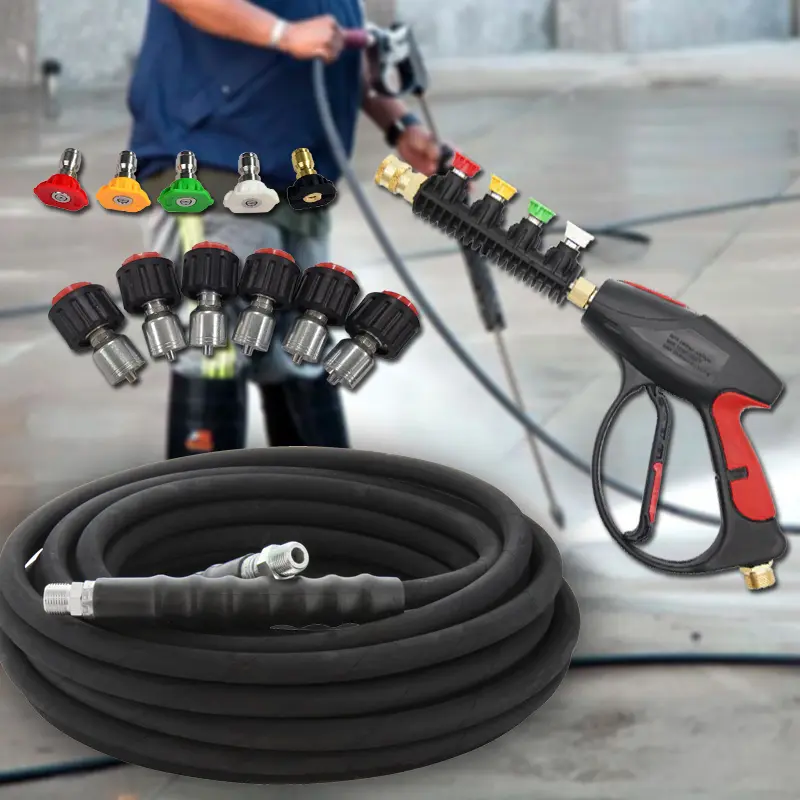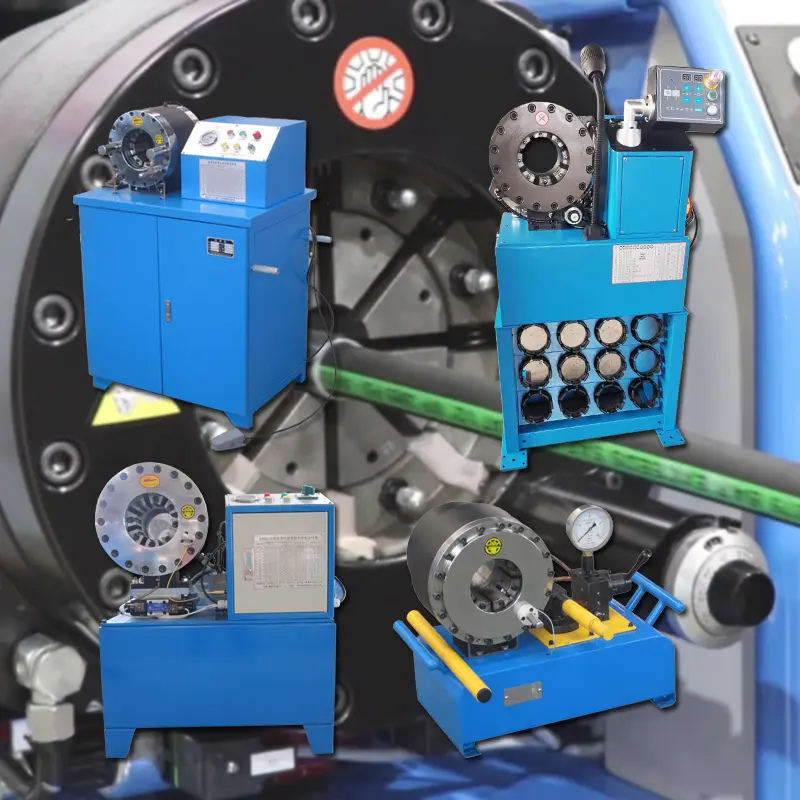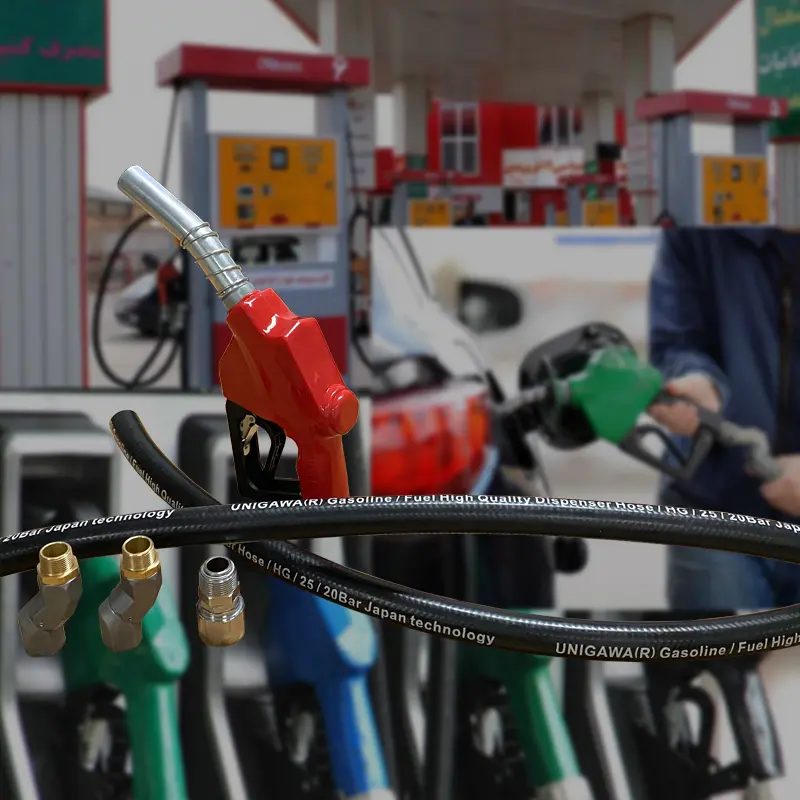Rubber hoses are an essential part of the automotive industry, providing crucial connections in a vehicle's engine, fuel system, and other mechanical functions. As with all automotive components, rubber hoses undergo wear and tear over time, and their aging can be influenced by various factors. In this article, we will delve into the braided automotive hoses, auto rubber hose, rubber hoses for cars, and fuel hose rubber, exploring how these materials age and the factors that contribute to their longevity. Understanding these factors is critical for maintaining the safety and performance of vehicles.
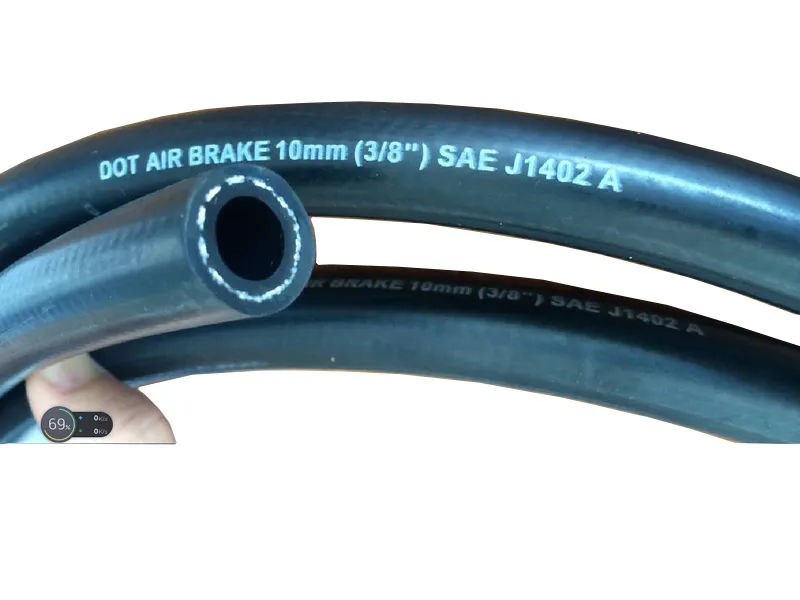
Braided Automotive Hoses: Enhancing Durability and Performance
Braided automotive hoses are a popular choice for automotive applications due to their enhanced durability and strength. These hoses consist of a rubber inner layer with a braided reinforcement layer made from materials like stainless steel or polyester. This braided design provides additional protection against abrasion, pressure, and impact, making braided automotive hoses suitable for demanding environments where durability is crucial.
However, like all rubber components, braided automotive hoses are not immune to aging. Factors such as exposure to UV radiation, high temperatures, and chemical agents can contribute to the degradation of the rubber over time. The rubber compound inside the hose may begin to harden or crack, compromising the hose's flexibility and its ability to perform efficiently. This is why it is essential to regularly inspect braided automotive hoses for signs of wear and tear, ensuring they remain in optimal condition.
Another critical consideration for braided automotive hoses is their resistance to various automotive fluids, such as fuel, oil, and coolant. Over time, certain chemicals can interact with the rubber, causing it to break down. To extend the lifespan of braided automotive hoses, it’s important to select hoses that are compatible with the specific fluids they will be exposed to.
Auto Rubber Hose: A Vital Component in Vehicle Systems
An auto rubber hose is used extensively in various systems of a vehicle, such as the fuel system, cooling system, and air intake system. These hoses are made from high-quality rubber compounds designed to withstand the stresses and strains of daily automotive operations. Auto rubber hoses are generally flexible, resistant to wear, and capable of withstanding temperature fluctuations, making them ideal for automotive applications.
However, over time, even the most durable auto rubber hoses can begin to show signs of aging. The main factors contributing to the aging of these hoses are heat, pressure, and exposure to chemicals. For instance, when auto rubber hoses are subjected to excessive heat from the engine or other vehicle systems, the rubber may lose its elasticity, becoming brittle and more prone to cracking. Similarly, prolonged exposure to automotive fluids such as oil and fuel can cause the rubber to degrade, affecting its ability to maintain a tight seal and function properly.
To minimize the aging of auto rubber hoses, regular maintenance is crucial. Replacing hoses that show signs of wear or cracking can prevent potential failures that may lead to more costly repairs. Additionally, using high-quality hoses that are designed to withstand the specific conditions in your vehicle’s systems can help extend the lifespan of your auto rubber hoses.
Rubber Hoses for Cars: Essential for Various Automotive Functions
Rubber hoses for cars play a crucial role in connecting various components of the vehicle, including the radiator, fuel lines, brake system, and more. These hoses are often designed to be highly flexible, allowing for smooth fluid flow while withstanding high pressures and temperatures. However, like any rubber product, rubber hoses for cars can age over time, affecting their performance and reliability.
Several factors contribute to the aging of rubber hoses for cars. One of the primary factors is exposure to heat. Car engines operate at high temperatures, which can cause the rubber in the hoses to degrade. As the rubber ages, it may become more prone to cracking, losing its flexibility and ability to maintain pressure. UV exposure is another factor that accelerates aging, as sunlight can cause the rubber to dry out and become brittle.
To prevent premature aging of rubber hoses for cars, it is important to ensure that the hoses are regularly checked for any signs of wear. If a hose appears to be cracked, dry, or shows signs of wear, it should be replaced immediately to avoid any potential issues. Furthermore, using hoses made from high-quality materials designed to withstand extreme conditions can help increase their lifespan.
Fuel Hose Rubber: Designed to Handle the Toughest Conditions
Fuel hose rubber is specially formulated to handle the challenges associated with transporting fuel through automotive systems. These hoses are designed to be resistant to chemicals, heat, and pressure, ensuring that fuel is delivered safely and efficiently from the tank to the engine. However, like all rubber components, fuel hose rubber can deteriorate over time due to exposure to heat, pressure, and the constant flow of fuel.
The primary concern with fuel hose rubber aging is the potential for leaks. As the rubber begins to break down, it may become brittle or cracked, creating weak points in the hose. These weak points can lead to fuel leaks, which not only reduce the efficiency of the vehicle but can also pose a significant safety risk. To prevent this, regular inspection and replacement of fuel hose rubber are essential.
In addition to regular inspections, choosing high-quality fuel hose rubber that is designed to meet the specific needs of your vehicle is crucial. Hoses that are resistant to the specific types of fuel used in your car will help to prevent premature aging and ensure that the fuel delivery system operates efficiently for longer periods.
Braided Automotive Hoses FAQs
How does heat affect rubber hoses in automobiles?
Heat can cause the rubber in automotive hoses to lose elasticity, becoming brittle and prone to cracking. This degradation reduces the hose's ability to withstand pressure and can lead to failures in critical systems like fuel and coolant delivery.
What are the main causes of aging in braided automotive hoses?
The main causes of aging in braided automotive hoses include prolonged exposure to UV radiation, high temperatures from the engine, and contact with chemicals or automotive fluids, which can degrade the rubber and cause cracking or hardening.
How often should I replace rubber hoses for cars?
It is recommended to inspect rubber hoses for cars every 12,000 to 15,000 miles. If any hose shows signs of cracking, dry spots, or leaks, it should be replaced immediately to prevent failures that could damage the vehicle or affect performance.
What makes fuel hose rubber different from other automotive hoses?
Fuel hose rubber is specifically designed to withstand the chemical properties of fuel and resist high temperatures and pressure. It is engineered to prevent degradation, cracking, or leaks that could lead to fuel-related issues in the vehicle.
Can I extend the lifespan of my automotive hoses?
Yes, regular maintenance, proper inspection, and using high-quality hoses designed for specific automotive needs can significantly extend the lifespan of your hoses. Additionally, ensuring that hoses are not exposed to excessive heat, chemicals, or UV radiation will help preserve their integrity.
Product Application









